Articles of 2005
Ode to Sunnyside Garden
The date was March 19, 1963. The place was Sunnyside Garden and the fight card was filled with a bunch of New York prospects. The main event featured Harold Richardson and among the prelims fighters was a kid from Levittown named “Irish” Bobby Cassidy.
That is my father. He made his pro debut that night, scoring a one-punch, 38-second, first-round knockout and launched a career that would span four weight classes and three decades. He would fight more than twenty times at Sunnyside and I was fortunate enough to attend some of those bouts. That arena became an indelible part of my childhood.
There was a time in New York City when a boxing fan could find a fight card six nights a week at a variety of locations. It was boxing's Golden Age – an era that began after World War II and ended before our troops entered Vietnam – and neighborhood fight clubs were thriving.
Amateur and pro boxing went on at these clubs weekly and often played to sellout crowds. Their purpose was simply to develop the talent that would graduate to Madison Square Garden. But the arenas took on a life of their own. They were as much a part of New York's social scene as the theaters on Broadway or the restaurants in Little Italy.
Brooklynwas the home of the Coney Island Velodrome, the Eastern Parkway Arena and the Ridgewood Grove Arena. Manhattan claimed St. Nicholas Arena, and the Bronx Coliseum was the main venue in the north. Queens had the Jamaica Arena and Sunnyside Garden, the club that would outlast all of them.
At the turn of the century, Sunnyside was known for its lavish gardens and two and three-family houses patterned after the garden cities built in England. But it was Sunnyside Garden, a redbrick building that cultivated fighters – not flowers – that secured the arena a place in boxing history.
SunnysideGarden was where young fighters kept busy until Madison Square Garden beckoned and where old fighters attempted to rekindle burned-out careers. The venue launched the likes of world champions Tony Canzoneri, Floyd Patterson, Vito Antuofermo and Eddie Mustafa Muhammad. The squat, brick-faced arena fit no more than 2,000 fans, but often drew crowds that exceeded that number.
“It reminded me of one those old-time arenas that you saw in the movies,” said Antuofermo, who turned pro there in 1971. “It was a real boxing atmosphere.”
Just the thought of that atmosphere always brings a smile to my father’s face. “You came up from downstairs, from the dressing room and you couldn’t even see the ring because there was so much cigarette smoke,” he said.
The building originally was an indoor tennis court built in 1926 for the private use of millionaire Jay Gould. When it was sold in 1945, it became Sunnyside's entertainment center and housed wrestling, bingo, bazaars and dances. John F. Kennedy spoke there during a political rally in 1960. It was boxing, though, that made it famous.
“All the locals who hung out on Queens Boulevard came to see the fights,” said Gene Moore, a matchmaker at the arena from 1970-73. “It was a great place for fights. It was compact. And back then, all the fighters had followings. Even the four-rounders.”
The location of Sunnyside Garden – 44-16 Queens Boulevard – was ideal. It was a five minute drive from Manhattan and two blocks from the No. 7 subway stop at 46th and Bliss Streets.
When you marry a fighter, you marry his sport. That is why my parents spent part of their honeymoon at Sunnyside Garden – in April of 1964 – so my father could scout a future opponent. “I didn’t care,” recalled my mom, the former Barbara Padgett. “I was a happy, blushing bride. The fights were exciting. I met all kinds of people there. Emile Griffith, Dick Tiger, a lot of fighters.”
With a bar attached to the front and beer stands located inside, alcohol played a significant part in shaping the mood of the crowd. Fights outside the ring were common and betting went on in the bleachers. In one of the arena's more infamous incidents, the wife of a beaten fighter charged into the ring and began kicking her husband's opponent.
Another time, I saw Bobby O’Brien, a middleweight and officer in the New York City Police Department; knock out a particularly unruly fight patron who had the temerity to challenge the off-duty cop, but full-time fighter, to a brawl.
“It could be a rough crowd,” recalled my father. “There was a riot after I fought Carmelo Hernandez. His fans thought he won, my fans thought I won. They were throwing things in the ring. What a night. I won the early rounds, but Hernandez started to make a rally. When I came back to my corner, Jimmy Glenn, my trainer, slapped me in the face. I’ll never forget that. I ended up winning the fight.”
My initiation to Sunnyside Garden came on November 5, 1975 and my father scored a 10-round decision over Luis Vinales. I still haven't been to many fight cards where you could feel the same kind of passion coursing through the small, smoke-filled arena. It was a place where, after the lights came back on and the fight crowd headed to the bar, my brother and our friends would pretend we were professional wrestlers and jump off the ring ropes.
It was where I had gotten autographs from Jersey Joe Walcott and the actor, Roy Schieder SP, both of whom were there to watch my father fight main events.
SunnysideGardenclosed briefly in 1973 and was reopened by promoters Vic Manni and Nick Anest in 1975. It enjoyed sporadic success. Gerry Cooney made his pro debut there on Feb. 15, 1977, and a month later 1,500 people showed up to watch a nondescript 10-rounder while the Golden Gloves finals were being held at Madison Square Garden. But the cost of operations were simply too much.
The final boxing show at Sunnyside Garden, on June 24, 1977, was anything but typical. In the main event, Ramon Ranquello, from Jersey City, scored an eight-round decision over Bob Smith, from Natchez, Mo.
Without the lure of local fighters, fewer than 400 fans witnessed its last show. A wrecking ball knocked out Sunnyside Garden for good in December, 1977. The site now is occupied by a Wendy's restaurant but that hallowed piece of ground on Queens Boulevard will live forever in the hearts of the fighters and the fans who stepped inside the arena.
-
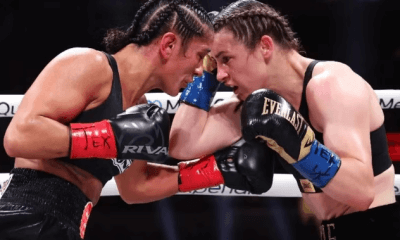
 Featured Articles3 weeks ago
Featured Articles3 weeks agoResults and Recaps from New York Where Taylor Edged Serrano Once Again
-

 Featured Articles5 days ago
Featured Articles5 days agoThe Hauser Report: Zayas-Garcia, Pacquiao, Usyk, and the NYSAC
-
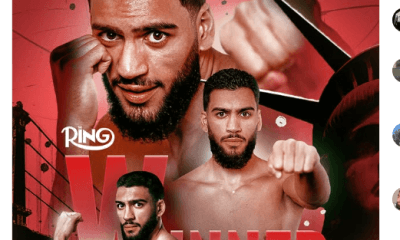
 Featured Articles3 weeks ago
Featured Articles3 weeks agoResults and Recaps from NYC where Hamzah Sheeraz was Spectacular
-
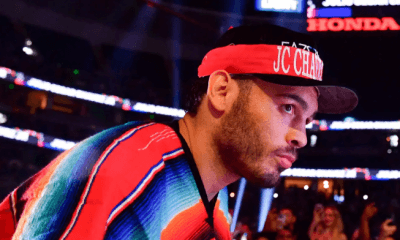
 Featured Articles4 weeks ago
Featured Articles4 weeks agoFrom a Sympathetic Figure to a Pariah: The Travails of Julio Cesar Chavez Jr
-
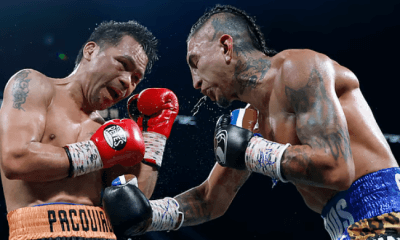
 Featured Articles2 weeks ago
Featured Articles2 weeks agoManny Pacquiao and Mario Barrios Fight to a Draw; Fundora stops Tim Tszyu
-
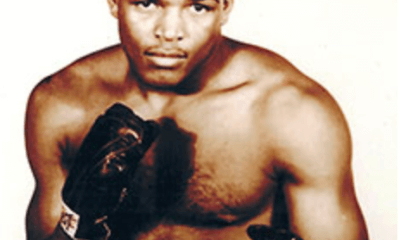
 Featured Articles3 weeks ago
Featured Articles3 weeks agoPhiladelphia Welterweight Gil Turner, a Phenom, Now Rests in an Unmarked Grave
-
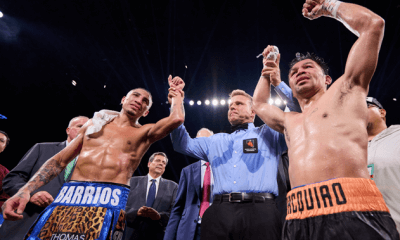
 Featured Articles2 weeks ago
Featured Articles2 weeks agoArne’s Almanac: Pacquiao-Barrios Redux
-
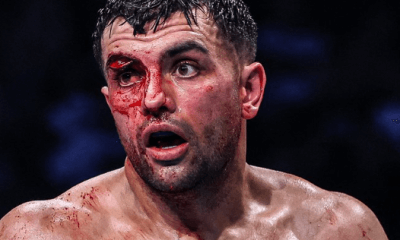
 Featured Articles4 weeks ago
Featured Articles4 weeks agoCatterall vs Eubank Ends Prematurely; Catterall Wins a Technical Decision

















